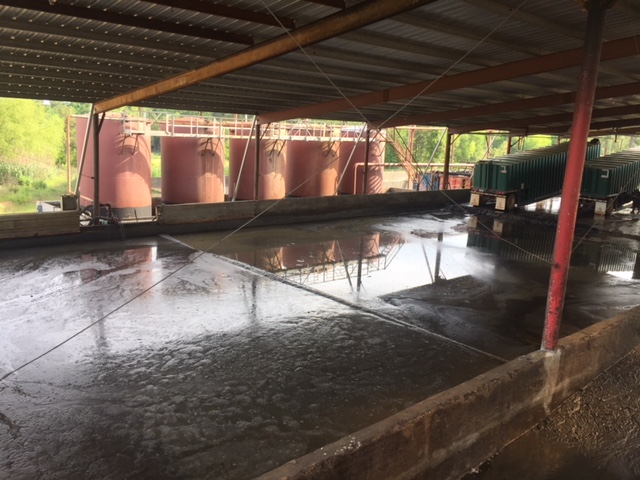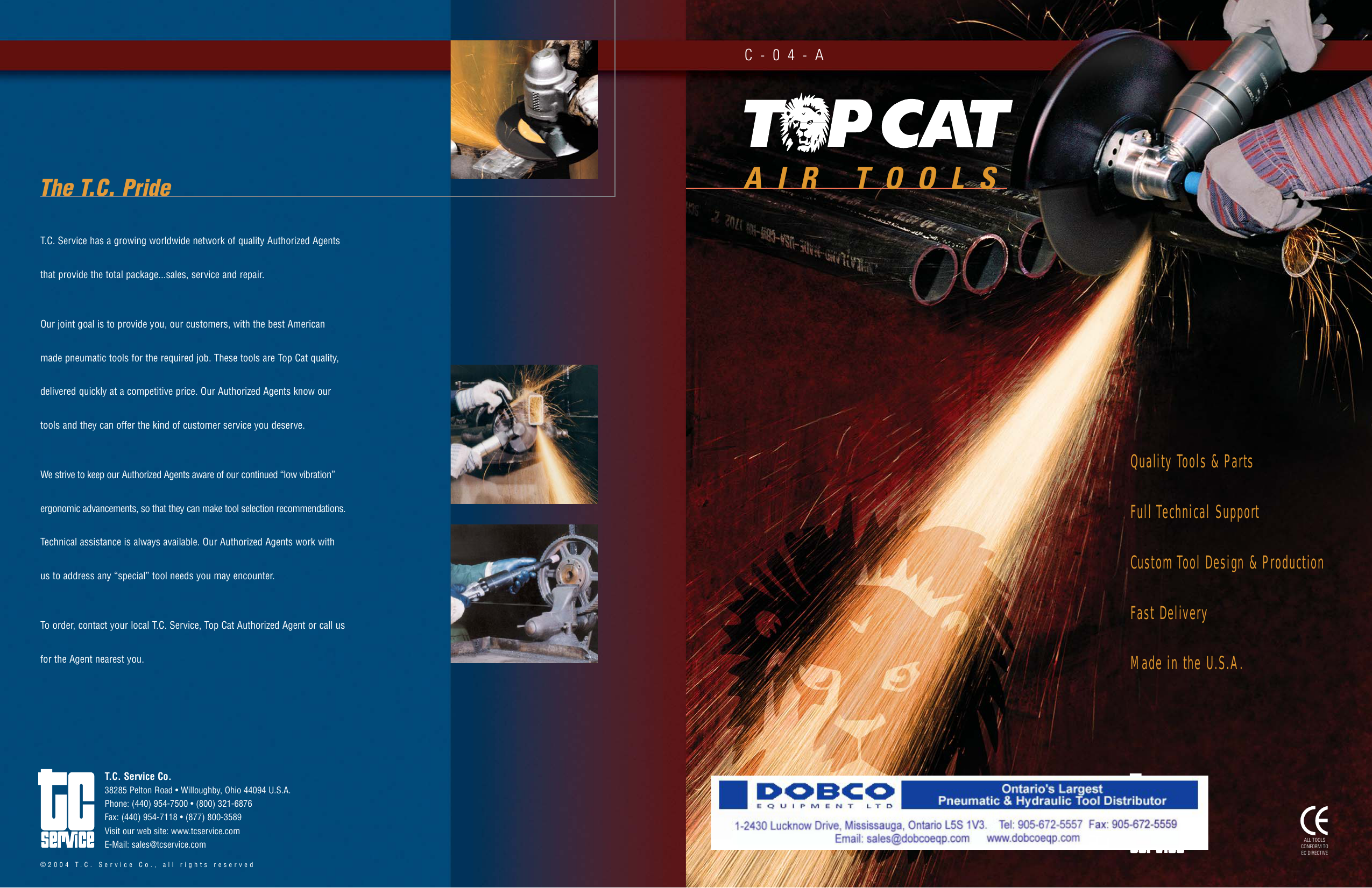
JACC Heart Fail 2019 7:228-38.Ĭikes M, Claggett B, Shah AM, et al. Sex Differences in Outcomes and Responses to Spironolactone in Heart Failure With Preserved Ejection Fraction: A Secondary Analysis of TOPCAT Trial. Merrill M, Sweitzer NK, Lindenfeld J, Kao DP. Recognition and Implications of Undiagnosed Cardiac Amyloid Patients in HFpEF Trials.

JACC Heart Fail 2021 9:795-802.Įditorial Comment: Cheng RK, Maurer MS. Spironolactone in Patients With an Echocardiographic HFpEF Phenotype Suggestive of Cardiac Amyloidosis: Results From TOPCAT. Sperry BW, Hanna M, Shah SJ, Jaber WA, Spertus JA. Heterogeneity among patients may have impacted the results as well.
Topcat well service trial#
The exact characterization of patients with HFpEF in the current trial is not available. It is also important to note that although historically considered a diagnosis of exclusion, recent guidelines suggest employing objective clinical and imaging criteria for HFpEF, which include protocols for excluding HFpEF. The current findings do not support a role for mineralocorticoid receptor antagonists in these patients. Current recommendations support the treatment of underlying etiologies. No single agent has been identified as being effective in improving CV outcomes in these patients. HFpEF has been notoriously hard to treat. Similarly, a reduction in mortality for women is hypothesis generating and deserves further study. The reduction in CHF hospitalizations with spironolactone is hypothesis generating and deserves further study. There was also a significantly higher rate of hyperkalemia and renal failure in patients treated with spironolactone. The majority of these patients were already on an ACEI/ARB.

The results of the TOPCAT trial indicate that spironolactone is not superior to placebo in improving CV outcomes in patients with HFpEF. Benefit of spironolactone compared with placebo was similar to the overall population (p for interaction = 0.38). These patients had the worst prognosis among the patients enrolled (HR 2.10, 95% CI 1.26-3.5, p = 0.004).

HFpEF phenotype suggestive of amyloid: Among 590 patients with detailed echocardiography data, 23% had echo phenotype suggestive of amyloid (septal thickness ≥1.2 cm, s’ velocity ≤6 cm/s). placebo based on gender: women, 25.1% vs. Women were older with fewer comorbidities. There was no effect modification by AF for the primary endpoint for spironolactone vs. Post-randomization AF occurred in 6.3% of patients and was associated with an increased early risk of the primary outcome (HR 2.32, 95% CI 1.59-3.40, p < 0.0001). Patients with any history/prevalent AF had numerically higher incidence of the primary endpoint (12.1% vs. These patients had higher left atrial volumes than patients without AF. Influence of AF: AF was common, either based on ECG at enrollment (25%) or based on history (18%). 9.1%, p 2 upper limit of normal were both significantly higher in the spironolactone arm. CHF hospitalizations were lower (12.0% vs. 5 events, p = 0.48) were similar between the two arms. p = 0.35) and aborted cardiac arrest (3 vs. Individual components including CV mortality (9.3% vs. The primary endpoint of CV death, chronic HF (CHF) hospitalization, or resuscitated cardiac arrest over 6 years was similar between the spironolactone and placebo arms (18.6% vs. Close to 29% of patients were enrolled into stratum II (elevated B-type natriuretic peptide /N-terminal proBNP). Coexisting coronary artery disease was noted in 59% and atrial fibrillation (AF) in 35%. Hypertension was present in 92% of patients, with median blood pressure (BP) of 130/80 mm Hg. The baseline EF was 56%, 52% were female, and nearly two-thirds of the patients had New York Heart Association (NYHA) class II symptoms. Baseline characteristics were fairly similar between the two arms. Concomitant Medications:Īngiotensin-converting enzyme inhibitor (ACEI)/angiotensin-receptor blocker (ARB) (84%), diuretic (82%), and statin (53%)Ī total of 3,445 patients were randomized at 233 sites in six countries: 1,722 to spironolactone and to 1,723 to placebo. Spironolactone was initiated at a dose of 15 mg/day and uptitrated to a maximum of 45 mg daily during the first 4 months of randomization. Patients were randomized in 1:1 fashion to either spironolactone versus placebo. Individual components of the composite outcome.Composite of CV mortality, aborted cardiac arrest, or hospitalization for the management of HF.Restrictive, infiltrative, or hypertrophic cardiomyopathy.Controlled systolic BP, defined as a target systolic BP 2.5 mg/dl.



 0 kommentar(er)
0 kommentar(er)
